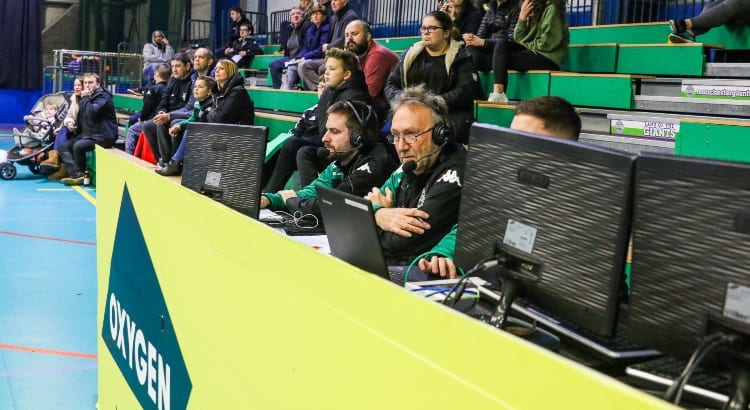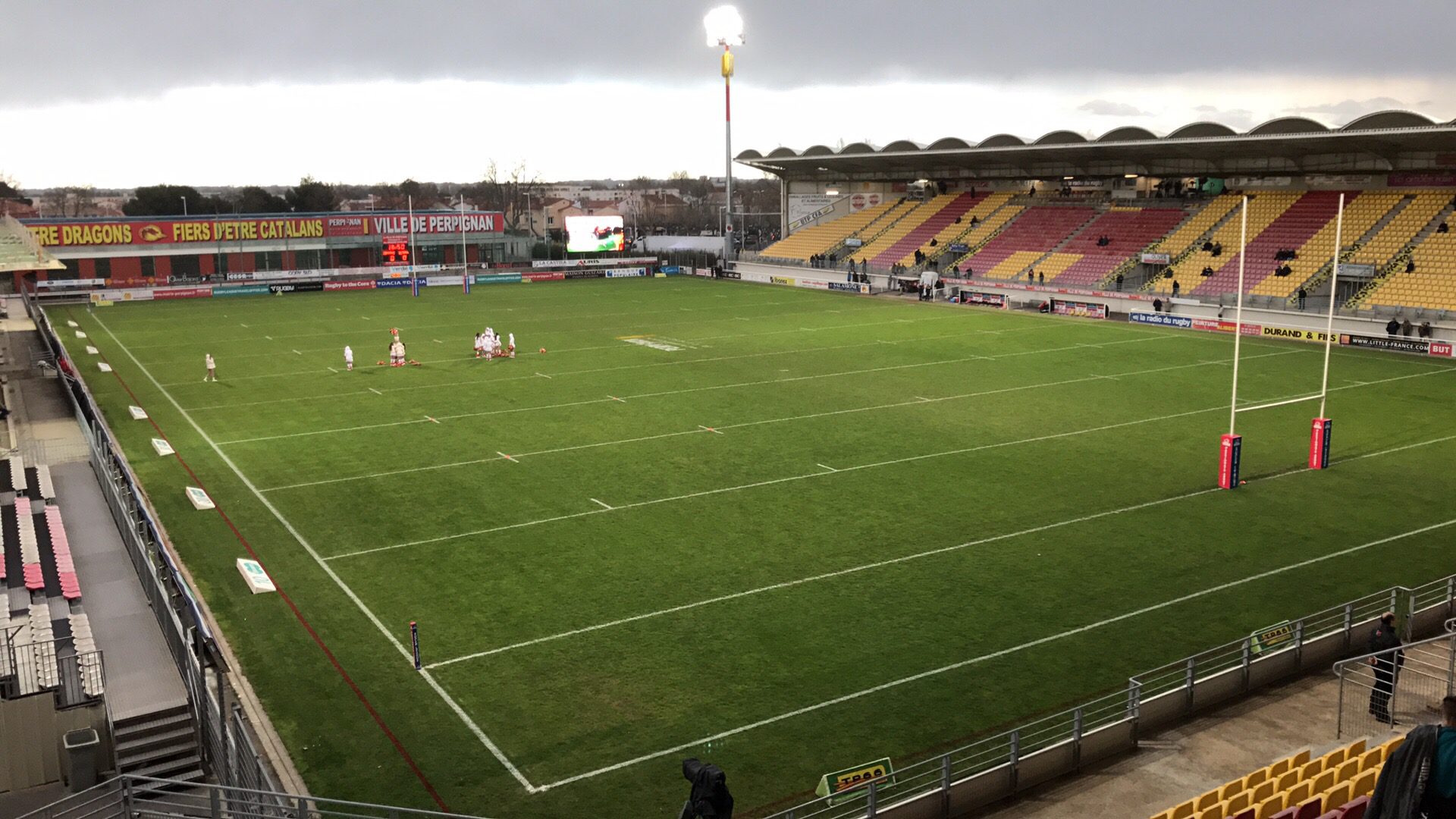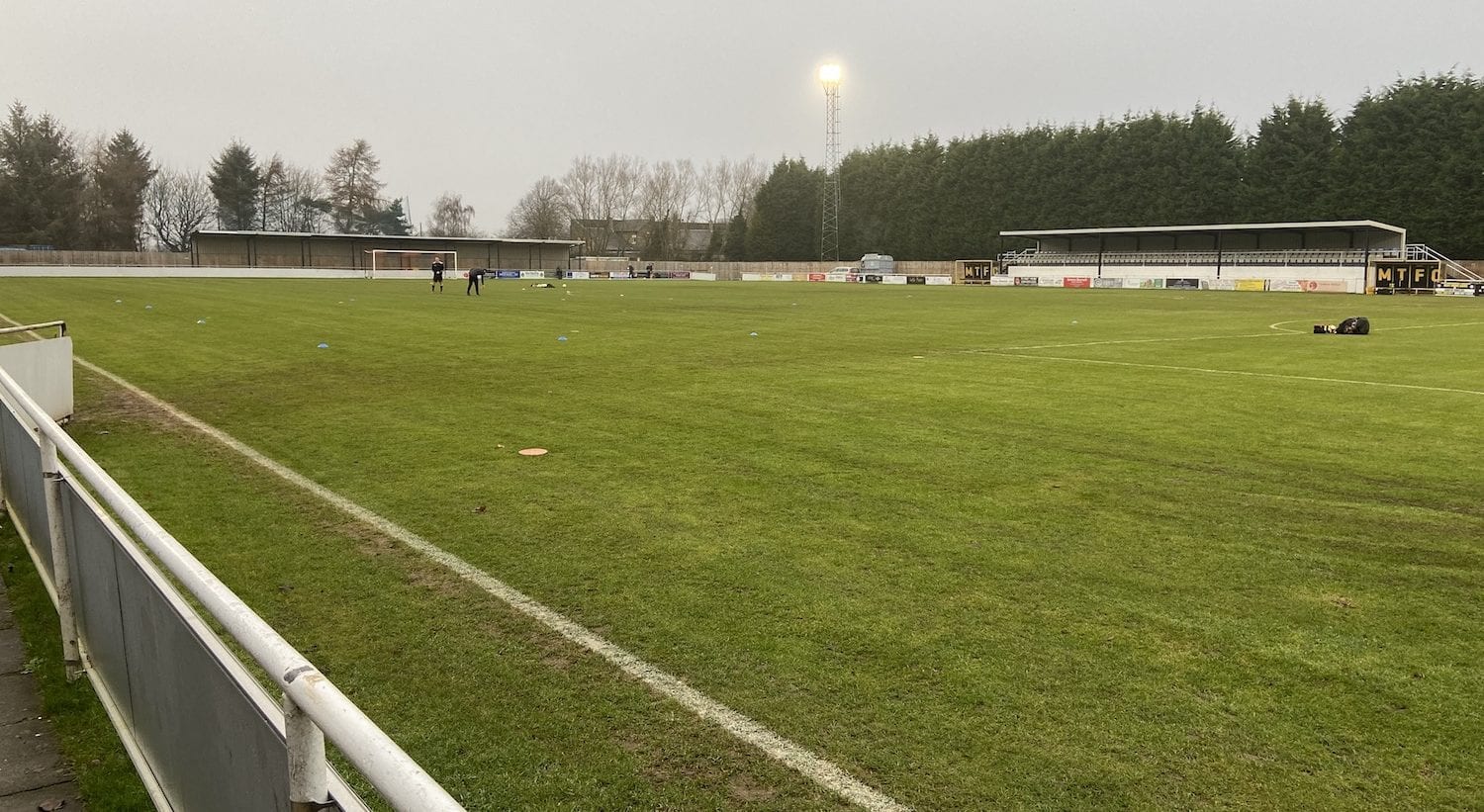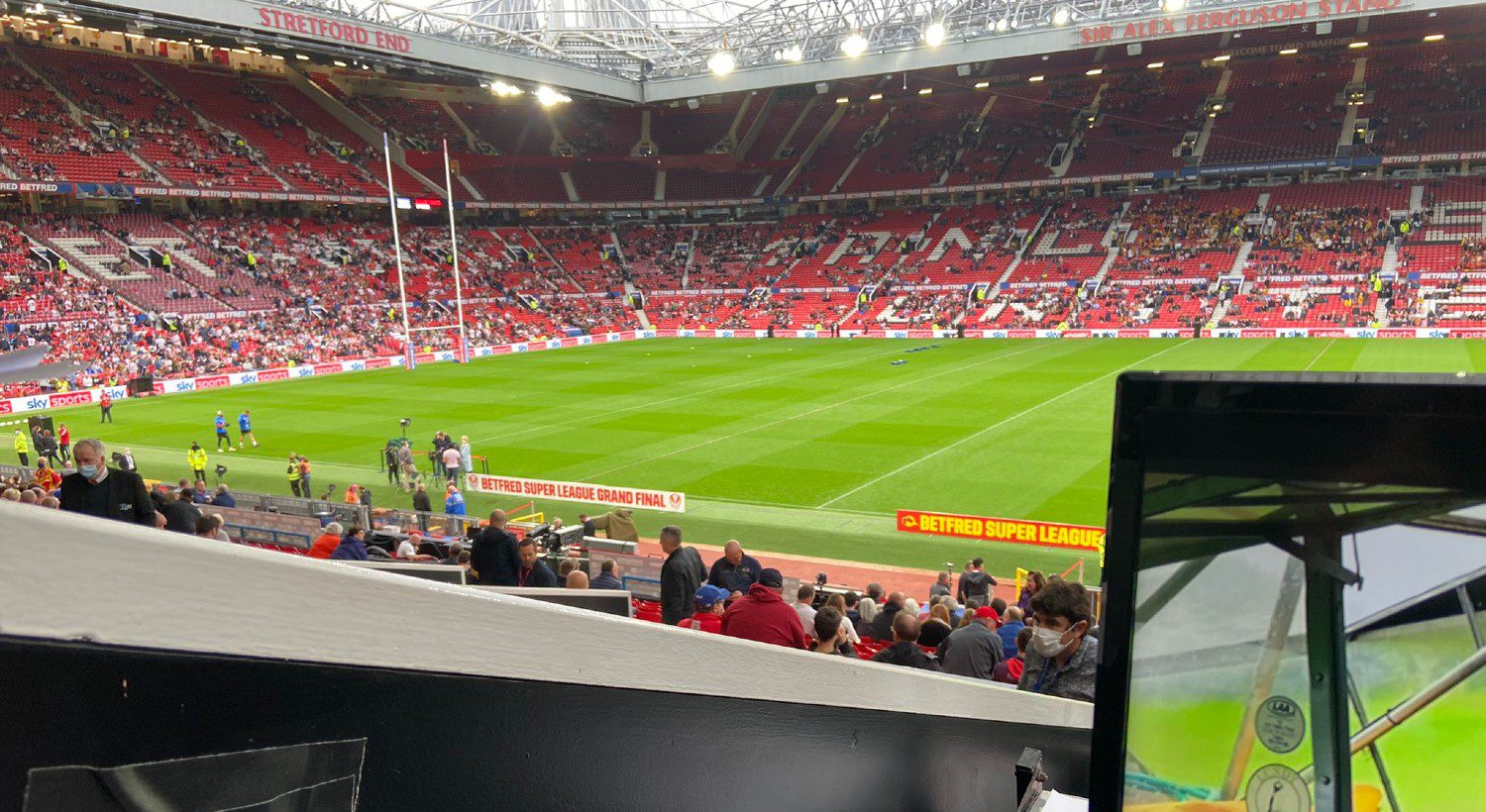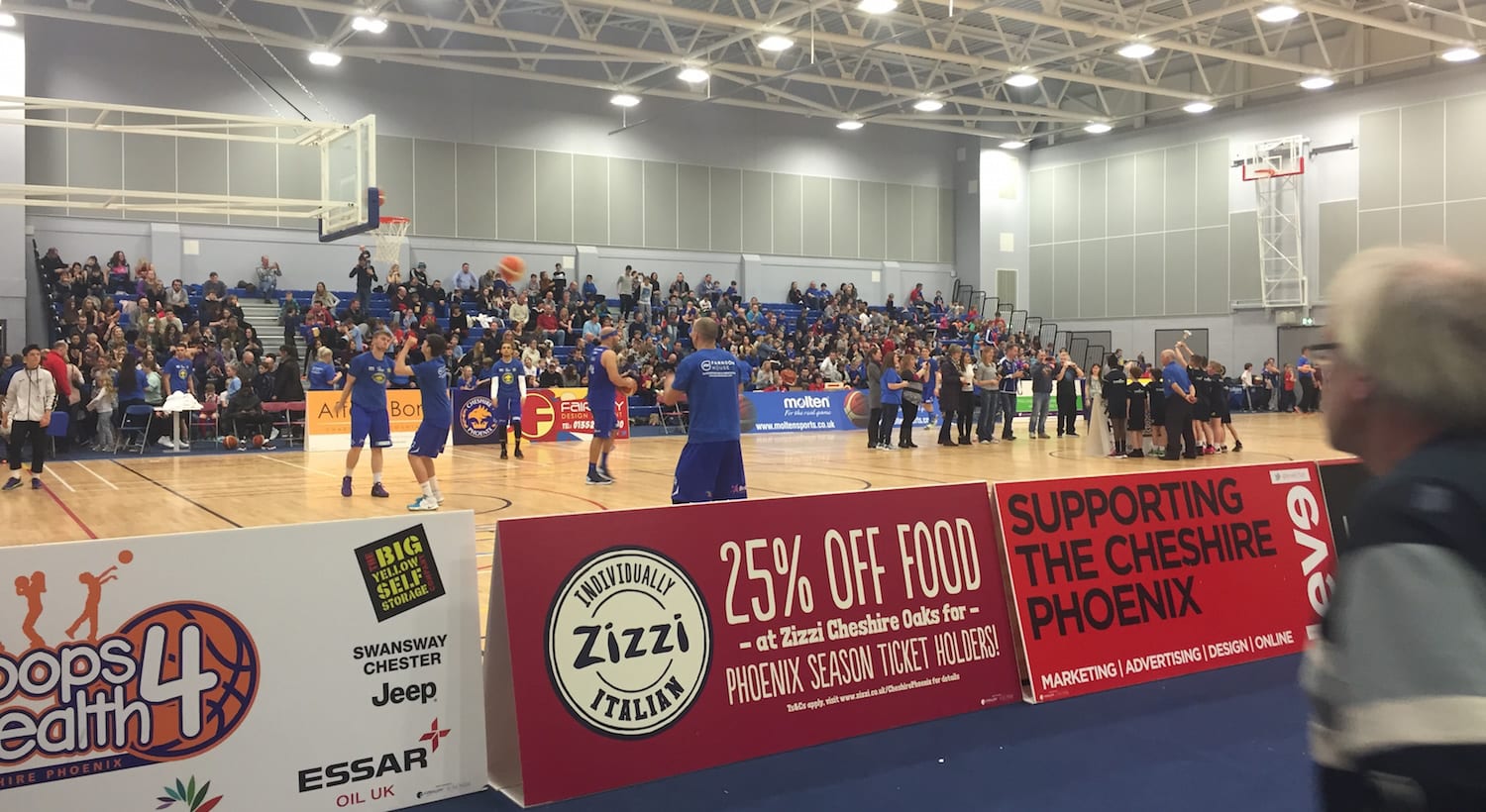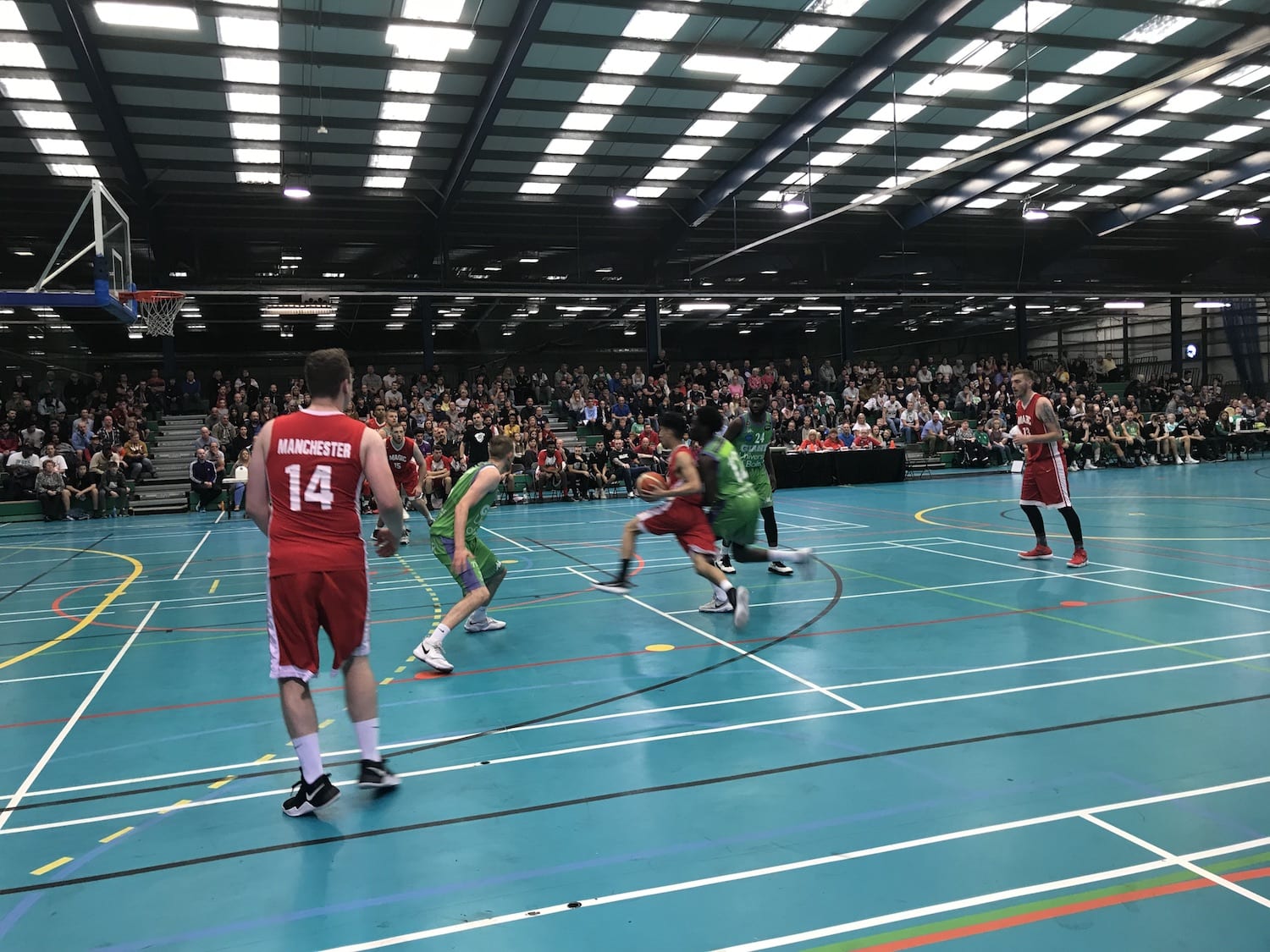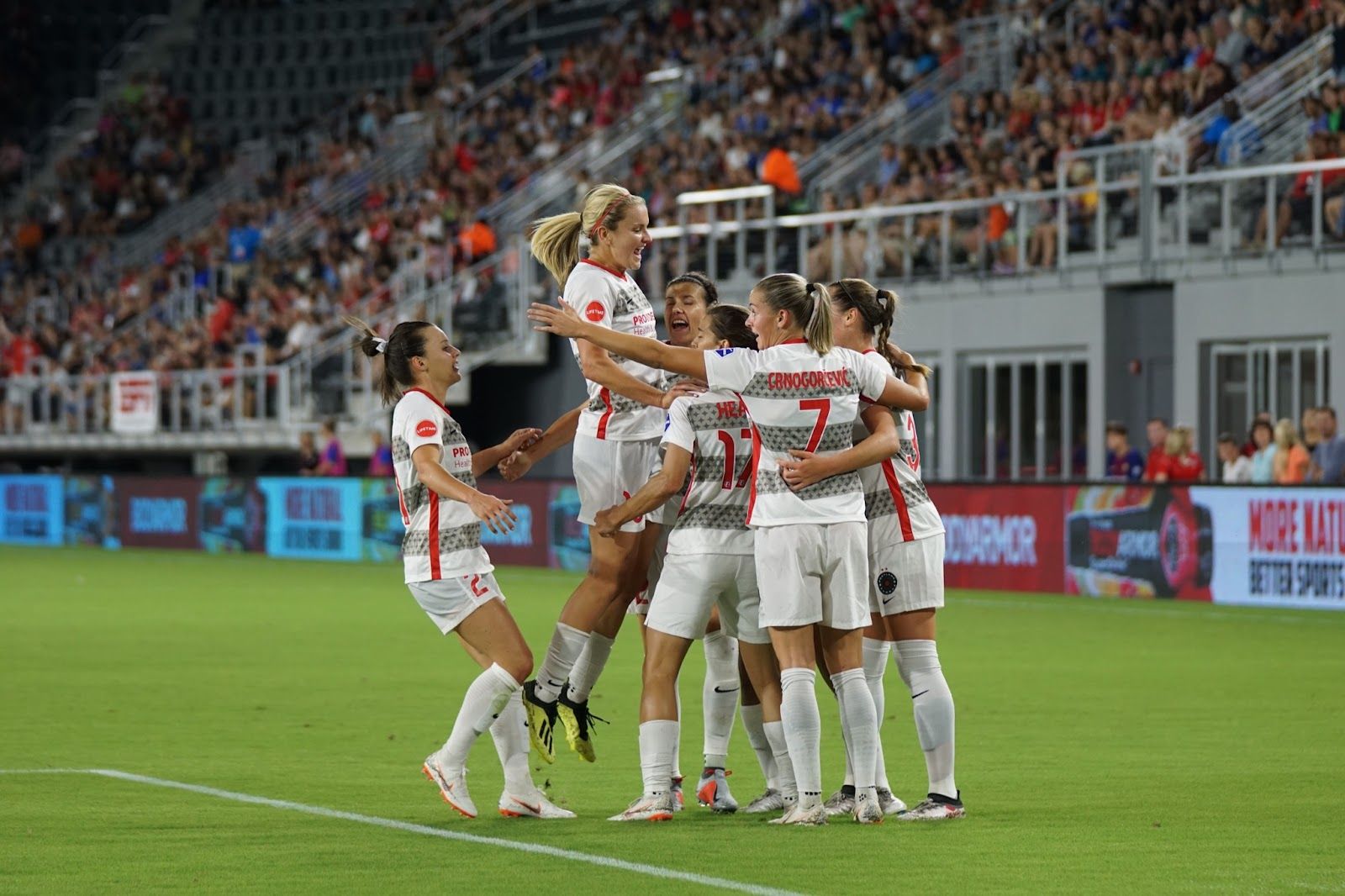With the current coronavirus restrictions, live streaming is the best fans can hope for.
But there’s no doubting that even when fans do return, streaming is firmly on the agenda in terms of the future of broadcasting live sport.
Competing with elite sport
A big problem facing minority sports is the accessibility of elite sports to the streaming environment.
As there are already huge production teams in place for the likes of the Premier League, NBA, NHL and NRL, it means they can make this footage available, especially overseas, extremely easily without adding prohibitively to their costs.
That’s why in the UK, for example, you can watch every game from the Australian NRL competition via the Watch NRL streaming platform for a handy £25 per month (or £130 per year).
For that, you get the exact same production – including pictures, replays, commentary etc – as Aussie fans do on their satellite TVs; it’s even the same feed that Sky Sports use to show their two games a week on TV.
Likewise, Sky Sports can show the NBA in the UK by simply picking up the feed that’s already been bought and paid for by the broadcasters in the USA, or in some cases that’s driven centrally by the league.
Therefore, it means the costs this side are minimal – especially when compared to if Sky had to produce everything themselves from, say, a British basketball match.
F1, as another example, issues the same feed worldwide and that is driven centrally for their broadcast partners to then put their production on top of it – whether it be commentators and pre-race shows.
Getting the price right
Another big problem that is caused as a result of elite sports being able to use streaming as a secondary revenue stream, is the price.
The Elite Ice Hockey League recently announced a mini-series involving four teams that would be streamed online.
The price points were:
- 24 game series pass – £149 (£6.20 per game)
- 12 game team pass – £99 (£8.25 per game)
- 6 game home team pass – £69 (£11.50 per game)
- Single game pass – £13
Straight away, there were critics saying “I can watch the NHL for less than that”.
But that ignores the fact that the streaming passes are basically the only way of sustaining the competition; whereas offering streaming in the NHL is very much secondary.
The Elite League has to cover its own production costs before they even start to make some money from streaming games.
In normal times, ice hockey is leading the way in terms of streaming set-up and having a fanbase matured to the requirements of streaming.
Regular games are often priced at around £15, with clubs keen to ensure that watching a stream doesn’t detract from game attendance. It therefore becomes more targeted towards away fans where, due to the geographical spread of the league and the sheer number of games, there is certainly interest.
The domestic rugby league season has recently started behind closed doors, with the following price points for live streaming:
- Weekend pass £20
- Day pass £15
- Single game (in advance) £4.95
- Single game on the day £10
This is the first time rugby league has streamed regular league games behind a paywall, and the price points have been relatively well received.
They have also been able to stagger the schedule of the games, so very few clash, to help maximise numbers.
However, it’s clear that when crowds can return to games – these prices simply won’t be sustainable.
In the British Basketball League, there are two streaming options through its own OTT platform (BBL Player):
- Monthly game pass – £19.99
- Single game pass – £4.99
The BBL has been live streaming all its games for several seasons. It has previously been behind a paywall on livebasketball.tv, a monthly subscription service that gives access to a large number of European leagues.
Games have also been shown for free on YouTube.
Even in the pandemic, the monthly revenue generated has barely been £1,500 per club.
The Football League has opened up streaming to their fans too – charging a flat £10 per match through iFollow.
This was an already established system that previously serviced overseas fans only, largely due to the 3pm blackout rules for football in the UK.
Plus the clubs already receive a handsome fee as part of Sky Sports’ broadcast deal for the league, plus the highlights through Quest.
Supply and demand
The other problem is that while sports and clubs see a perceived way of generating income – e.g. if we get X fans paying Y amount we’ll earn Z for the coffers – it often doesn’t take in to consideration the challenges of live streaming.
https://twitter.com/jdgsport/status/1378421047788199950
Whether that be connections at the ground itself, the quality of camera, commentary and dealing with demand – something which caused quite a nightmare for the Elite Ice Hockey League at the weekend, when more than 7,000 fans requested to stream Sheffield’s game against Nottingham and basically took down their platform; resulting in the league delaying face-off and making the game available for free via YouTube.
https://twitter.com/officialEIHL/status/1378674996449513472
A poor service means people are more reluctant to pay in future, and of course creates yet another headache for league staff to deal with – both in terms of individual fans and the image of the league to its other commercial partners.
https://twitter.com/BBLofficial/status/1378705223498207236
Rugby league also had its troubles at the weekend too, though managed the fall-out from it well.
However, all three instances show just how much of a challenge it is to stream – and in some cases, may prove to be more hassle than its worth.
https://twitter.com/SheffieldEagles/status/1378732522855628800
There’s only so far you can get with goodwill – and once even the die-hards lose trust in the system, you’ve very little chance of persuading casual fans to part with their hard earned.
The exposure myth
The theory is that streaming provides exposure. It’s an argument given particularly when trying to justify that streaming should be free.
Of course, providing something for free is good. But it completely ignores the economic challenges of that.
Plus, if everyone in the world is streaming for free – how do you hope to attract people to watch your event?
So what’s the future?
The accessibility, quality and value for money of elite sport makes it increasingly difficult for minority sports to find a sustainable way of live streaming.
The reality may be that they simply have to appreciate that due to their limited audience, their best course of action is making the match day experience itself good enough for people to want to buy a ticket and turn up in person, rather than watching online.
A better priority, especially in rugby league, may well be to focus on getting highlights out and ready as quickly as possible – you still need a camera, but there’s much less strain in terms of technology and no paywall.
It’s hard to see right now how streaming stacks up commercially for the minority sports who are still so reliant on ticket revenue – especially the ones that are still getting significant amounts of TV money.
What do you think will be the future of sports broadcasting?

